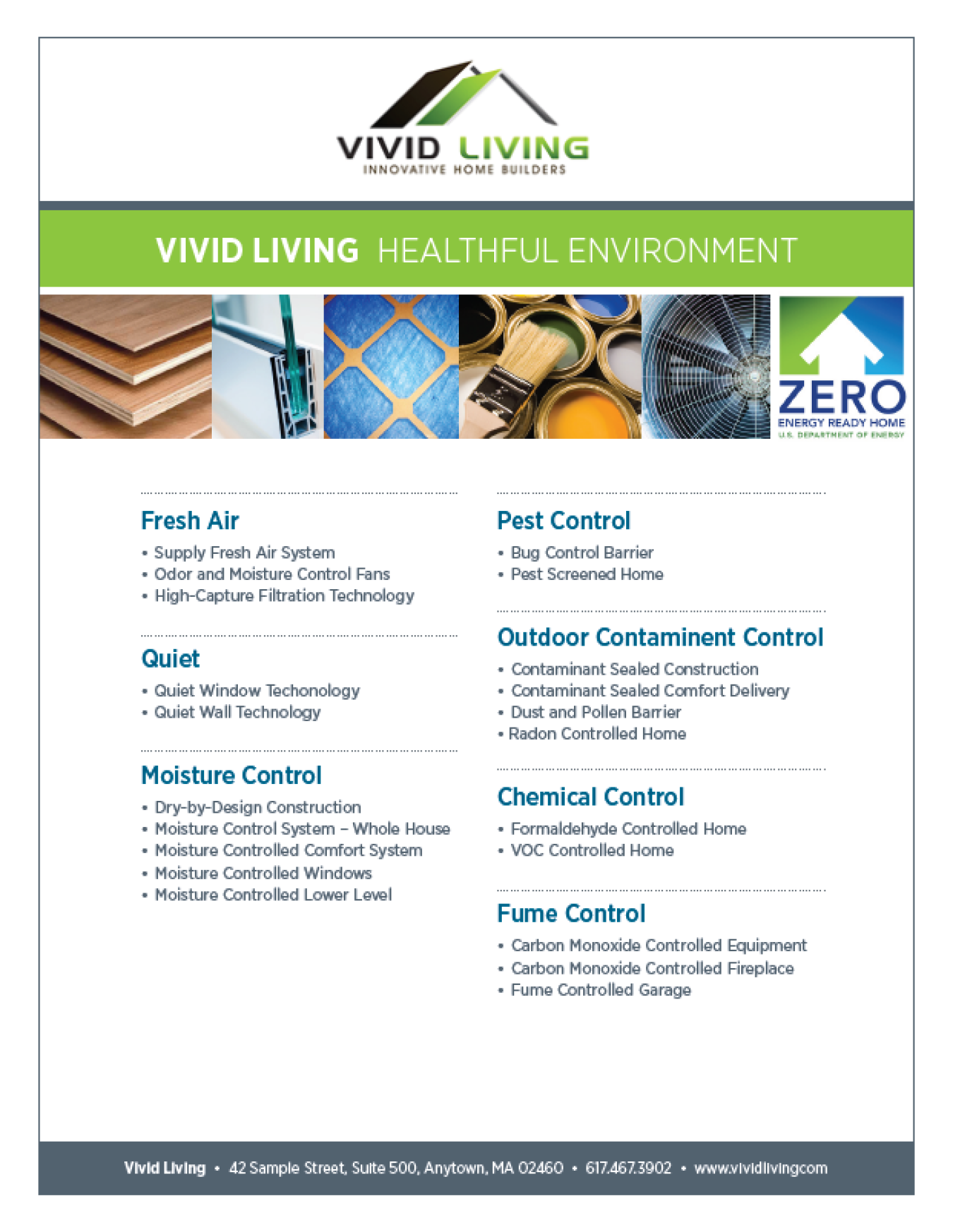Read this month's feature story, or select the other newsletter topics below for more information.
July 28, 2016Welcome to the Building America Update, a monthly newsletter. Read this month's feature story, or select the other newsletter topics below for more information. You can also Subscribe to receive the email version of Building America Update or browse newsletter archives.
Feature Story
Events
- DOE National Energy Codes Conference 2016: Energy Codes WORK!
- Building America and DOE National Laboratories at ACI National Home Performance Conference
Announcements
- Oak Ridge National Laboratory JUMP submission deadline extended to May 2016
What Does the Patagonian Toothfish Have to Do with High-Performance Homes?
DOE’s Building Science Translator and the Language of Value
For years we have bemoaned the lack of value recognition for high-performance homes by consumers, appraisers, sales agents, lenders, and insurers. Maybe the problem starts with the language we use. Words matter! Virtually all building science terminology is based on technical function rather than the significantly improved consumer experience. Yet, the latter is much more effective creating strong linkages to value. It’s time for that to change.
A few years ago, Building America invited more than 40 housing industry professionals with diverse backgrounds to participate in an expert meeting on building science "Power Words" that would resonate more effectively with consumers. This was followed by iterative meetings, public vetting of drafts, and conference presentations. DOE has used the input from that entire process to develop a new language of value for high-performance homes called the Building America Building Science Translator (BST).
How does this new language work? It begins by establishing key rules to deliver a bankable value proposition. For instance, the distinction between high-efficiency and ultra-efficient must consistently define a meaningful difference. Relative to existing code, standard, or business-as-usual practice, the BST sets the rule that "high-efficiency" means a minimum 15-50% more efficient while "ultra-efficient" means at least 50% more efficient. And where energy efficiency is not specified, the term "energy saving" should be used.
Second, the new language should be used consistently for a family of measures. For instance, when a "HVAC system" is translated into a "comfort system," then all aspects of the HVAC system must be based on the ‘comfort’ concept. As a result:
- HVAC equipment becomes comfort equipment
- HVAC ducts become comfort delivery system
- HVAC outlets become comfort outlets
- HVAC pressure balancing becomes comfort balancing
- HVAC transfer grill becomes comfort vent
- HVAC thermostat becomes comfort control technology
Lastly, the BST introduces the big idea that each measure does not need to be artificially constrained to a single term, but can have alternate terms based on the full array of enhanced experiences provided. By example, a low-E window has the following terminology options:
- Enhanced comfort window to emphasize a better livability experience
- High-efficiency window or ultra-efficient window for R-3 and R-5 thermal performance respectively to emphasize a lower utility bill experience
- Quiet window to emphasize a more healthful environment
- Advanced technology window to emphasize a tech-savvy experience
- Professionally installed window to emphasize an ensured quality experience
- Sun protection window to emphasize a better durability experience
Following these rules, the BST was developed for more than 220 individual high-performance home measures. The resulting guide and report are included on the Zero Energy Ready Home website and converted into a powerful sales tool included in your new best friend for applying proven high-performance home innovations, the Building America Solution Center. The graphic shows a sample of a customized fact sheet output from the sales tool listing the relevant "Healthful Environment" measures for a fictitious home builder (e.g., Vivid Living).

The BST is off to a great start. However, this effort will all be for naught unless we can engage a collective impact process to embrace and employ this new language and to continually improve the terminology with user feedback. Yes, BST is not set in stone but an ongoing work in progress. DOE needs you to be part of this movement. Look for an upcoming webinar that will provide more details on the BST and how you can help implement the much needed change to our public-facing language for high-performance homes.
And how does this relate back to the Patagonian Toothfish? It was a new species of fish introduced years ago by the seafood industry that was a profound market failure. Who knew that people didn’t want to eat "Toothfish"? The wise industry leaders got together and made a simple name change to Chilean Sea Bass, and the fish became an instant hit. So much so, that the species quickly became over-fished, and its population decimated. But that’s another story. The key is that effective language can change behavior.
-- Sam Rashkin, chief architect, DOE Building Technologies Office

